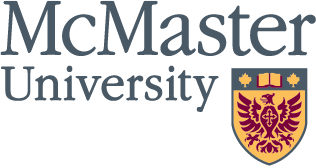October 2, 2001
posted on Oct.1: Study shows if you see it, you might eat it
Read More
 Share
Share
SHARE WITH YOUR FRIENDS
Pick one or more destinations:
0
0
0
×
October 1, 2001
posted on Oct. 1: School of Business trading centre gets new name today
Read More
 Share
Share
SHARE WITH YOUR FRIENDS
Pick one or more destinations:
0
0
0
×
September 27, 2001
Parking at McMaster
Read More
 Share
Share
SHARE WITH YOUR FRIENDS
Pick one or more destinations:
0
0
0
×
September 27, 2001
posted on Sept. 28: CampusIncubator nurtures world-class businesses
Read More
 Share
Share
SHARE WITH YOUR FRIENDS
Pick one or more destinations:
0
0
0
×
September 27, 2001
posted on Sept. 27: New e-commerce wing construction affects parking
Read More
 Share
Share
SHARE WITH YOUR FRIENDS
Pick one or more destinations:
0
0
0
×

